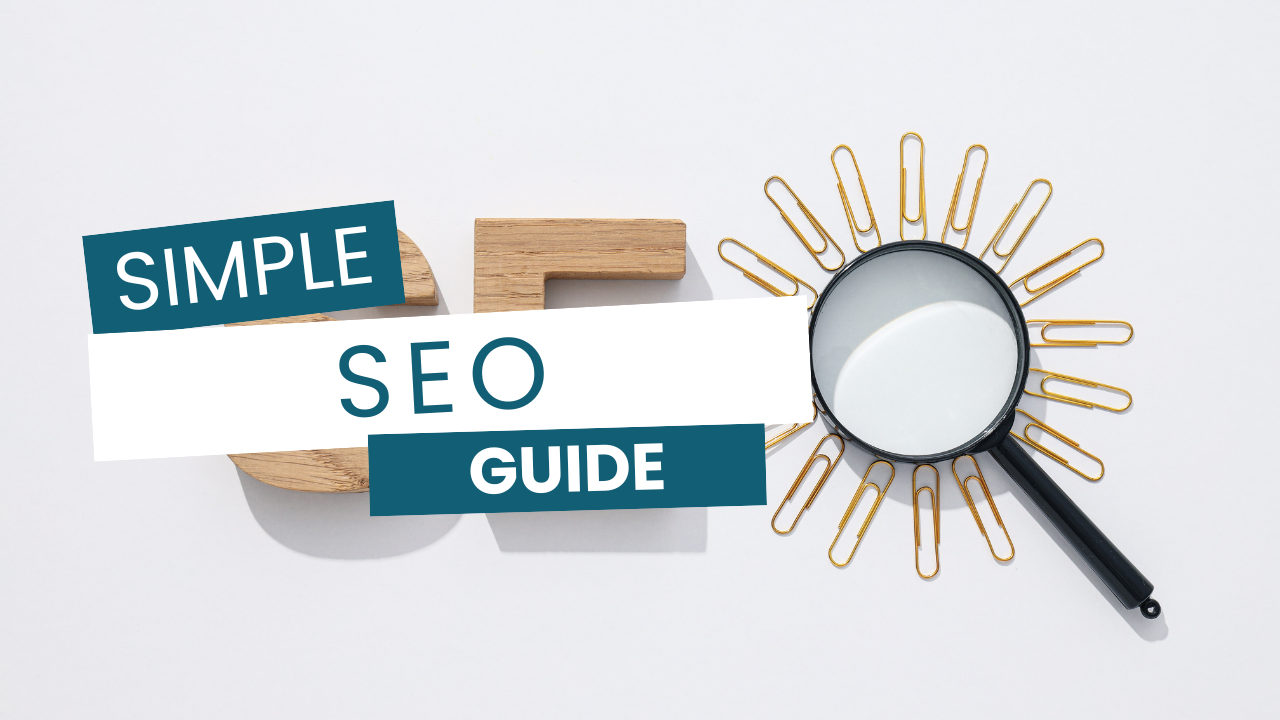ABOUT US
At 104Digital, where we redefine digital marketing in Melbourne and beyond by blending insights with real-world knowledge. As innovators, storytellers, and dreamers, we revolutionize the digital landscape with a unique touch.

When I first heard the term SEO, I have to admit I felt pretty overwhelmed. It sounded like a complicated, technical process that only specialists could handle.
But as I dug deeper, I realised that SEO, short for Search Engine Optimisation, is just about making simple, thoughtful changes to your website to help it show up better in search results on Google and other search engines. It is not about complex coding or secret tricks.
Instead, it is about understanding what people are searching for and making your site as helpful and easy to use as possible. Over time, by following some straightforward steps, I improved my site’s visibility and attracted more visitors without needing any advanced technical skills.
In this guide, I will share the simple SEO practices that worked for me so you can start boosting your website’s presence, too. There is no jargon, no confusion, just clear and practical tips anyone can follow.
What SEO Means to Me
For me, SEO is all about being discoverable. It means giving my content a fair chance to be seen by those looking for it. When I started working on my website, I had great content, but hardly anyone found it. That is when I realised that just creating good content is not enough—you also need to help search engines understand what your content is about.
SEO is like a bridge between what I create and the people searching for it. It is not just a marketing tool but a way to connect. Once I started applying even the most basic SEO techniques, I noticed a clear difference in traffic and engagement. It made me feel like my efforts were finally paying off.
Key SEO Steps I Followed
Once I understood what SEO was, I focused on taking small, practical steps that didn’t require advanced skills. Here are the key things I did that made a real difference:
1. I started with the right keywords
I used free tools like Google Keyword Planner and Ubersuggest to find what people were searching for in my niche. I looked for keywords with good search volume but low competition, and then I naturally included them in my page titles, headings, and content.
2. I wrote content that helped people
Instead of writing just to rank, I made sure my content answered real questions. I kept things simple, clear, and valuable. Google seems to like that, and so do readers.
3. I optimised my titles and meta descriptions
At first, I didn’t even know what a meta description was. But once I learned that it’s the summary people see on search results, I started writing compelling and clear descriptions for each page. I also made sure every page had a unique and keyword-rich title.
4. I made my site fast and mobile-friendly
I used tools like PageSpeed Insights to test my website speed and made a few fundamental changes, like compressing images and using a better hosting plan. I also checked how my site looked on phones and ensured it was easy to read and navigate.
5. I used internal links
Whenever I wrote a new blog post or page, I linked to other related content on my site. It helped visitors stay longer and made it easier for Google to crawl my pages.
These simple steps didn’t require a big budget or technical knowledge. I stayed consistent, kept learning, and made minor improvements over time.
How I Track My Progress
I quickly learned that doing SEO without tracking results is like driving without a map. I wanted to see if my efforts were actually working, so I started using a few free tools to monitor my progress.
The first tool I used was Google Search Console. It showed me which keywords brought traffic to my site, how many people clicked on my pages from search results, and whether Google had any issues crawling my site. It was eye-opening to see real data and understand what was working and what wasn’t.
I also used Google Analytics to track where my visitors came from and which pages they spent the most time on. This helped me figure out what content people liked the most, so I could create more of it.
Checking these tools regularly became part of my routine. I didn’t obsess over the numbers, but I used them as a guide to help me make smarter decisions. Even minor improvements in click-through rates or keyword rankings felt like wins. It made SEO feel less mysterious and more rewarding.
Final Thoughts
Looking back, I’m glad I didn’t let the idea of SEO scare me off. It might seem difficult at first, but once I took the time to understand the basics and apply them, it all started to make sense. I didn’t need to be an expert or spend much money. A few minor changes—like using the right keywords, writing helpful content, and improving my site’s speed—made a noticeable difference.
SEO isn’t a one-time fix. I’m still learning and improving as I go. But the best part is that every small effort adds up over time. If you’re just getting started, my advice is to begin with the basics, stay consistent, and be patient. The results will come—and when they do, they’re worth it.
Search Here
.png)

Send Us A Message
Message Form
We Would Love To Hear From You
Wheather you have a question about anything, our team is ready to answer all your questions
